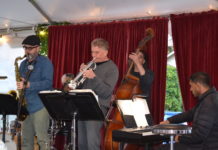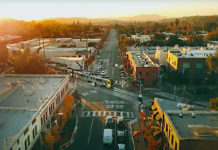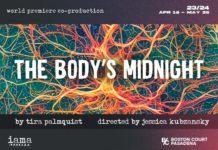
The discovery of gold and later “black gold” (oil) drew large numbers prospectors and opportunity seekers to California. Locally, ranching and agriculture helped the economy grow during the late 1800s.
The San Gabriel Valley soon became world-famous as “The Winter Paradise of America.” The proof of “paradise” is the area’s garden-like quality – a place where fruit trees and flowers bloom even during winter. A newspaper advertisement from 1920 proclaims: “Nature’s lavish hand has most richly endowed Pasadena as the ‘Garden Spot of the World.’ The climate is ideal, the roads wonderful, and the surroundings delightful. Here motoring, golfing, horseback riding, polo, tennis, mountain climbing, fishing, and similar outdoor sports can be enjoyed every day of the year.”
Many new homeowners were amazed at the rapid growth and continuous flowering of the seeds and plants they put into the ground. Vegetable gardens sprung up like magic. Roses had a mind of their own. Many “eastern transplants” immediately took root themselves in the sunny San Gabriel Valley and simply let nature take over.
Note: Former resident of Orange Grove Avenue in Pasadena, L. Ron Hubbard (founder of the Church of Scientology) described heaven as being “like Busch Gardens in Pasadena.”
Throwback Thursday is written and produced by Rick Thomas


















.png)









